A very rare, double-input error in their takeoff calculations meant that a KLM flight crew lifted off too close to the end of the runway.
The incident happened on Sunday the 12th of September 2021, on KLM Cityhopper flight KL-1822. It departed from Berlin Brandenburg Airport (EDDB) in Germany, heading for Amsterdam Schiphol (EHAM) in the Netherlands.
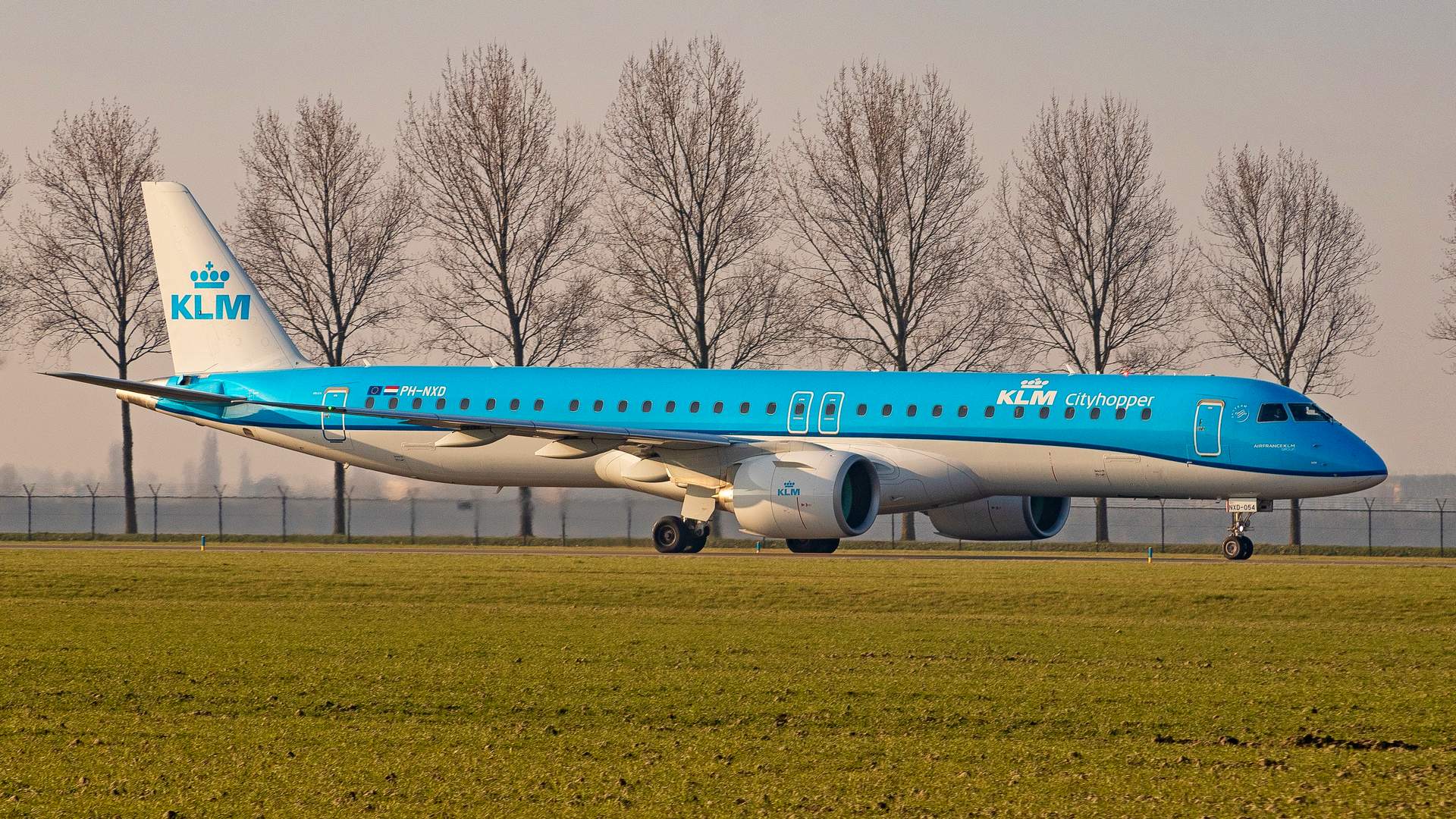
At that time, the Berlin Airport was still new, after the transformation/reinvention of Schonefeld Airport. The configuration of the new airport is a key factor in how this KLM takeoff went awry. Specifically, one aspect of the airport that the investigation looked at, was the numbering of its taxiways.
In the incident, the KLM crew lined up for takeoff with runway 25R, using taxiway L5. This put them approximately 1,436 meters (4,711 feet) away from the runway threshold. Or 1,320 meters (4,331 feet) from where they would have been, had they joined the runway from taxiway L7, at the runway threshold.
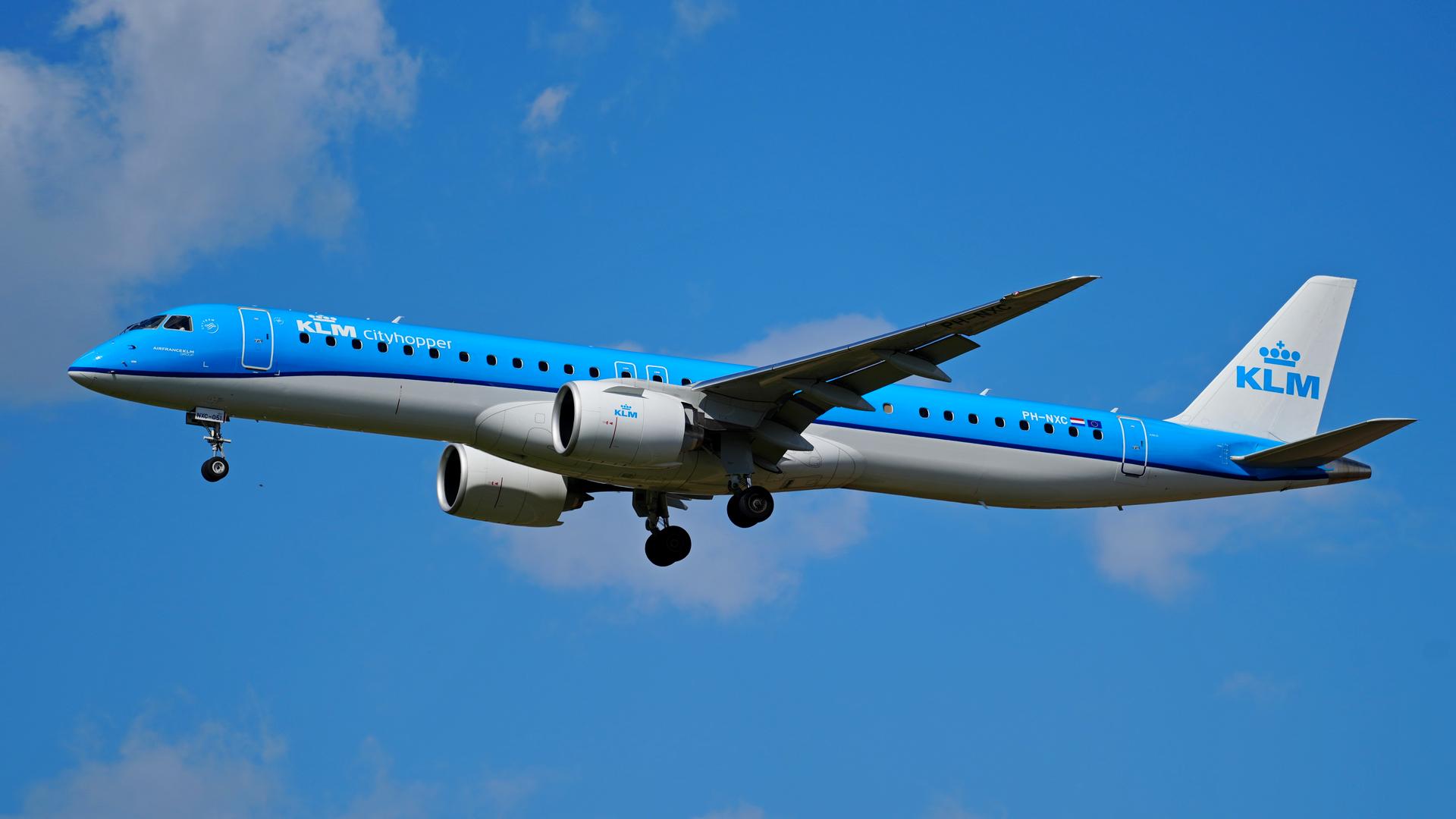
KLM Takeoff In Context
To save wear on their engines, pilots often use reduced thrust when the length of the runway allows for it – which is often. This means that pilots need to enter the available runway length into their systems and calculate a safe power setting.
These days, pilots also use portable Electronic Flight Bags (i.e. tablets) with appropriate company software, to help them make these calculations. Both of these KLM pilots used their EFBs to make the right takeoff calculations, for this particular aircraft and airport.
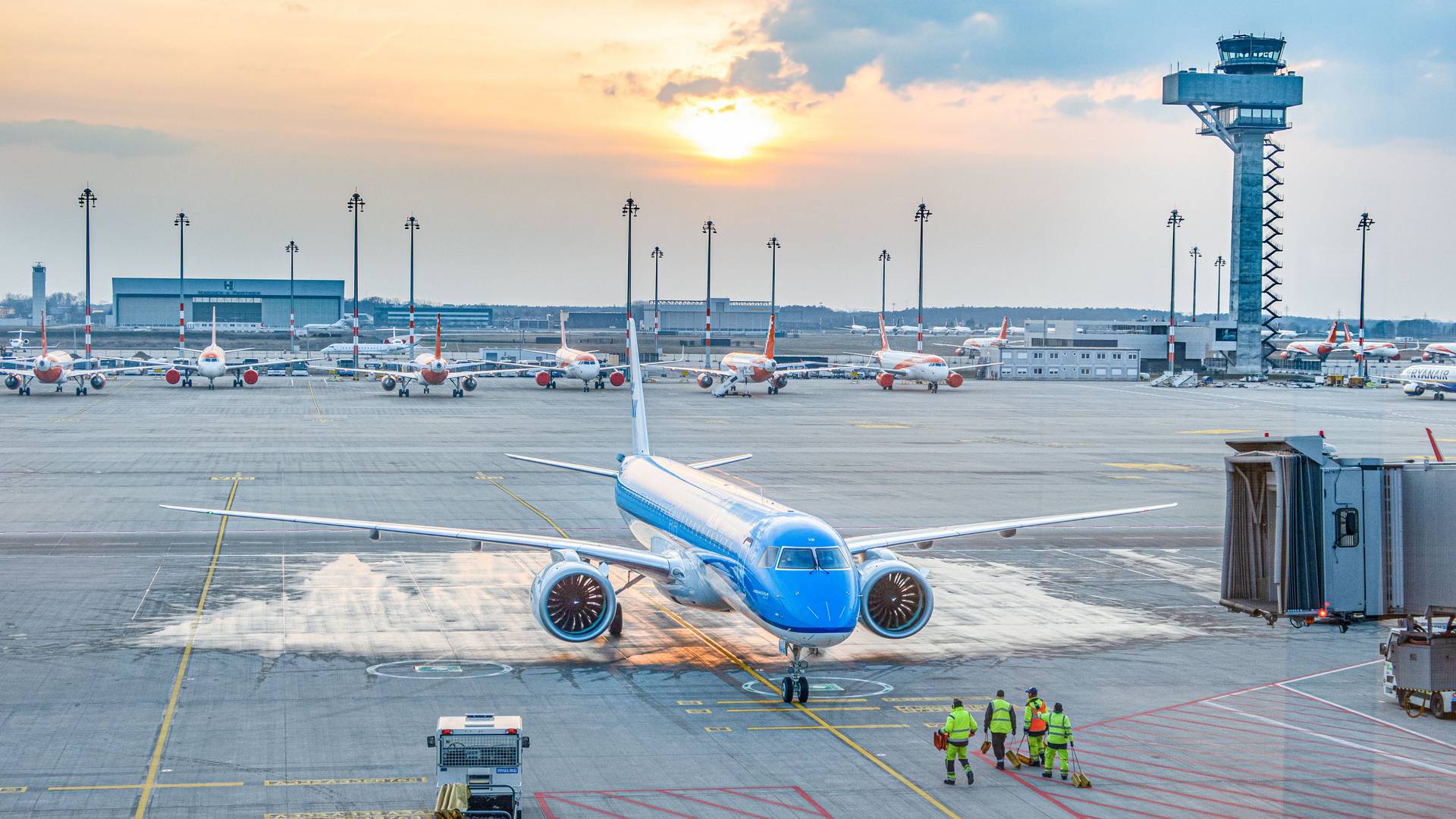
In this incident, the Embraer E195-E2 reached its rotation speed too late. Because of this, the KLM flight only had 443 meters of runway remaining, after its takeoff. However, in many such incidents, pilots use the wrong takeoff settings because of a last-minute decision to enter the runway from a different intersection.
This wasn’t the case here. The KLM flight crew originally intended to enter the runway and commence their takeoff roll from the intersection they actually took (L5). But they used the wrong settings because BOTH pilots made the same mistake with their EFB calculations.
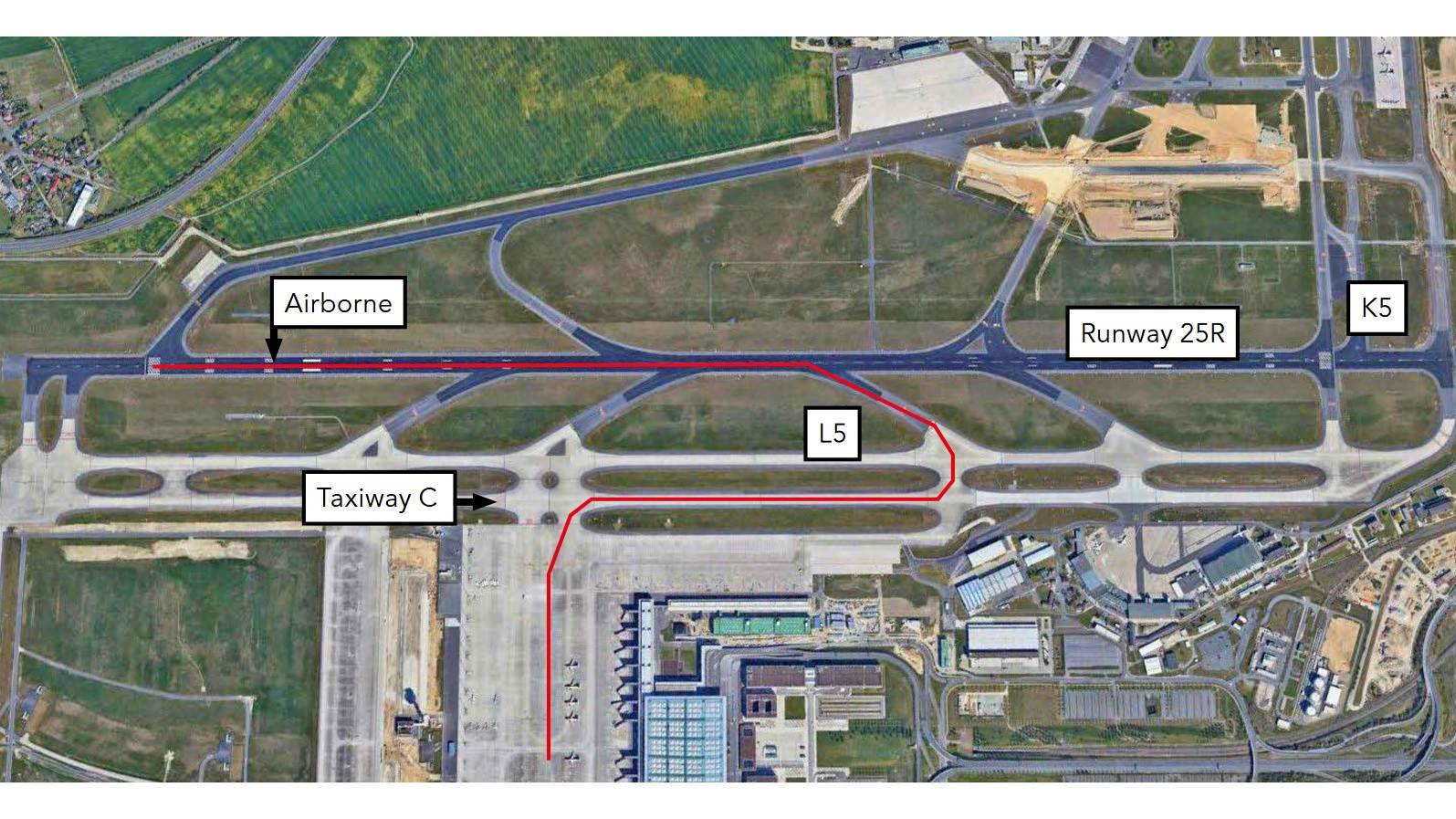
Too Easy A Mistake?
In the performance calculation software they used, both pilots selected intersection K5, instead of L5 by mistake. K5 is on the other (north) side of the runway and would have put the aircraft more or less at the threshold of 25R. At that time, KLM crews were not using K intersections in Berlin. The error meant that the crew’s performance calculations were off by 1,320 meters (4,331 feet).
In their final report, the investigators examining this KLM takeoff indicated that such errors are common with touchscreen devices. This is because of a lack of tactile feedback for inputs. Plus, the EFBs allow for very quick inputs, which makes the discovery of errors harder.
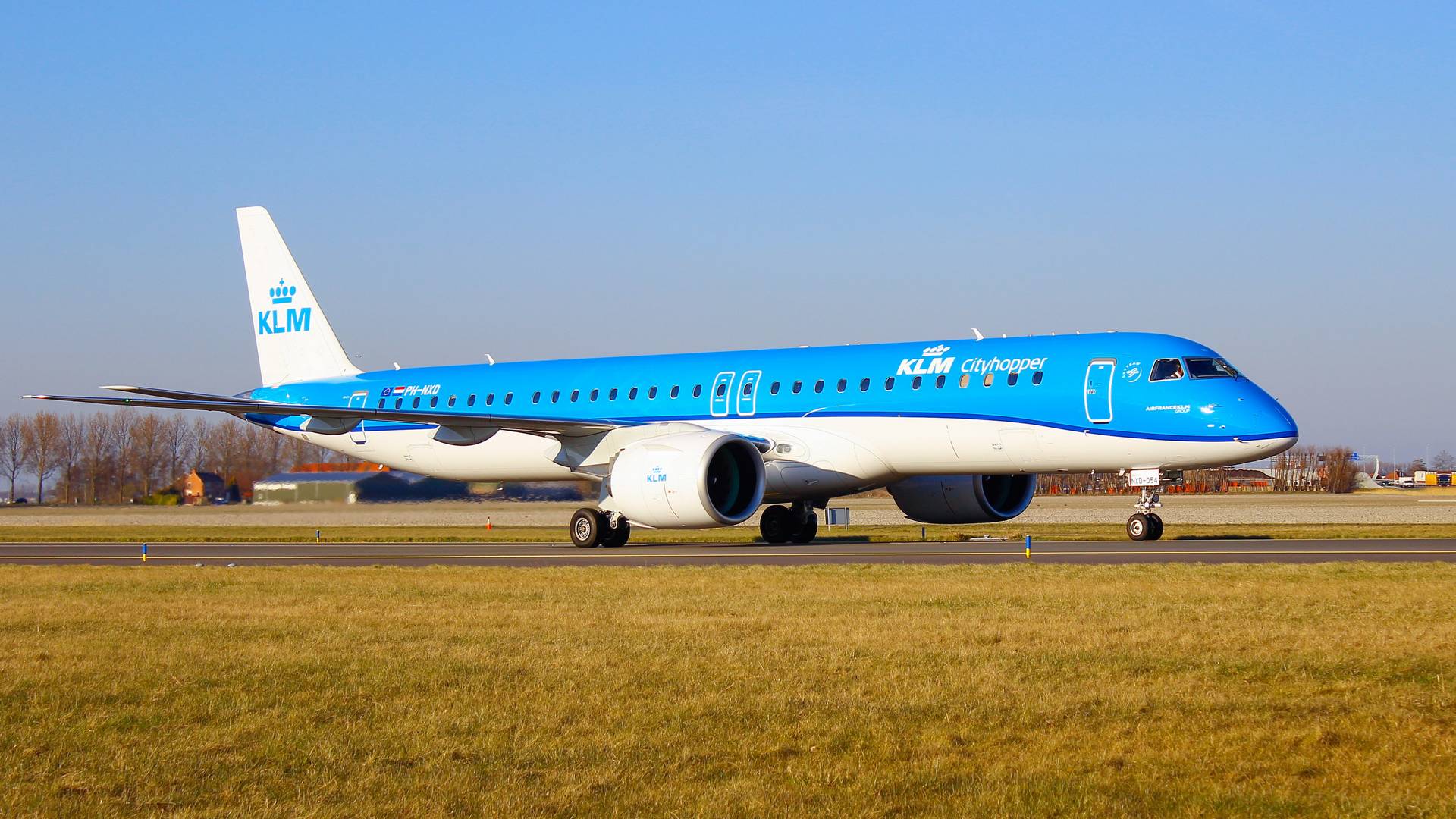
The calculated N1 values were within a range that the crew considered normal. But despite noting the slow acceleration of the aircraft for takeoff, the KLM crew didn’t push the throttles forward. The final report dives deeper into the psychological factors that influenced this decision.
Finally, when we first reported on this incident, the aircraft registration we gave was wrong. The actual jet was PH-NXD, a (then) four-month-old Embraer E195-E2. There are some differences in the way the engine N1 values are calculated and displayed in this newer jet, compared to older E-series models, that were a factor in this event.




1 comment
Alvin Huang
Wow that happened